During this time the pair will continually mate until the female produces eggs- at which point she travels back to her original lair, leaving the eggs behind. While together, however, the pair will actively hunt as a team and share food. However, it does seem that Behirs really only mate out of convenience, or out of an innate biological urge to procreate, as any actual criteria for a mate seems to be nonexistent. And seemingly the only benefit to remaining together for any period of time, is that having a mate even temporarily allows them to take on larger foes for a period.
Regardless, egg clutches tend to be between 3 and 6 eggs. Upon hatching, they are ready to go on their own- though they are still small to start, only reaching about 2 or 3 feet in length. They grow at a rapid pace, however, reaching full size in only a short decade and living to be up to aproximately 190 on average.
They normally wander off in their own directions immediately after hatching, and find their own secluded caves and areas to nest quickly; young Behir start life instinctually hunting not very differently from that of an adult. And while they have learning to do- especially in regards to being stealthy- they're still quite adept at catching prey from birth due to their speed and cunning. And of course, if all else fails, they can simply blast their prey from a distance.
Diet & Hunting
Above all a behir is predator. More specifically, however, Behir are
ambush predators. and despite their size they can move quite quietly in most circumstances and environments if they chose to do so, and normally like to cling to a wall or ceiling when sneaking up on prey for the ambush.
They do tend to avoid communities, as they have more numbers than they can eat- and a way to gather more creatures than they can handle in a fight. And so they learn very quickly in life to avoid attacking Towns or Villages. An Adventurer traveling alone, however, is almost never granted the same leeway.— Archivist Shinian Somara;
The Many Modern Cousins of the Dragons
Behir are most active during the day. They leave their lair to hunt only when they need to- which is usually once a week- and typically don't hunt for sport, or overconsume. Once their bellies are full they retreat to their lair curl up and hibernate in order to process their food. This process usually lasts for about a week- though in the winter months, they tend to hibernate much like bears do.
Any creature it deems worthy to eat without a high risk of injury, it will try and devour- and their large size and cunning tactics make most creatures they encounter an easy fight indeed; if they are lucky, then 1 large or giant sized creature will suffice, but many creatures they encounter are quite small. As a result, their main diet consists predominantly of medium-sized animals, and they can typically eat about 5 Cows or 10 Boars before retreating to their lairs.
Their many interlocking teeth have very much the same use as a crocodile's in that they're meant to keep things
in more so than they're meant for chewing or tearing their prey. Indeed, Behir often eat their prey (or, rather, chunks of them) whole. Alternatively their long bodies can also be used similarly to the many constricting snakes of the world in order to constrict larger prey.
Language & Intelligence
They are cunning in their tactics and very intelligent for a beast- though not as intelligent as your average Sophont. Still intelligent enough to form plans, escape routes, and even countermeasures to most situations, however, and to be some of the most effective ambush predators in the environments they've been found in so far.
Behir are also intelligent enough to speak, but normally chose not to do so. When they do, it's typically only in Draconic- and only to parley or negotiate with more formidable opponents; while far from cowardly, they
will initiate conversation to talk themselves out of a deadly situation if they find themselves almost defeated, and with no other means of escape.
Despite their surprising level of intelligence for the average beast, however, they have no real ambitions above any
other beast: Food, shelter, and their general comfort.
Combat & Attack
While many of the Behir's inherent traits vary in different regions, they always pose a real threat to those who stumble upon them. It is advised that one stay far away, and only take them on in great numbers on a battlefield of your active choosing. Otherwise you may be discovering the answer to the afterlife much sooner than you'd possibly anticipate.— Archivist Shinian Somara; The Many Modern Cousins of the Dragons
Behir are, from birth, brutally efficient- and deadly- killers.
Not only are they large, but Behir can be surprisingly fast; while moving on their legs is a more controlled and slightly winding gait, they can outrun most Sophonts quite easily on land. They can maintain this speed even while climbing on vertical surfaces, too- making them dangerously mobile in tight spaces. Combined with the fact they can climb on inverted surfaces such as ceilings (simply at a slower speed), and they become incredibly dangerous foes. And as if that weren't enough, on the ground they can further tuck in their legs and slither similarly to a snake- propelling themselves at frightening speeds even when not climbing.
Material Uses
Blue Behir horns can be used to make the ink necessary for scribing a Lightning Bolt Spell Scroll. Similarly, a scroll of Neutralize Poison often uses ink from a Green Behir's talons- and Protection from Poison from a Green Behir's teeth. Other Behir parts can be turned into ink for other scrolls as well; all Behir scales can be used to make Armor in the same way that Dragon Scales were once traditionally used.
Like their Dragon cousins, Behir likewise have a breath weapon; they can expel a dangerous line of magical energy which can easily extend up to 200 feet. Thankfully this ability is much more limited than a True Dragon's, however, and it exhausts their magical energies far more quickly. It does recharge rapidly, though, and so this should be remembered; when fighting they like to lead with their magical blasts of energy and follow in for the kill.
In a mixed enemy fight they like to constrict one creature to death while fending off additional attackers with their mouth and claws. Once the constricted prey succumbs, they typically retreat to a safe spot to swallow them- then reenter the fight if there are any remaining enemies; if they encounter a solitary creature, they will still prefer to constrict as the main attack, but they will bite and rake at the constricted prey, giving it their full attention.
▼ Young Blue Behir ▼
Custom Homebrew
Behir, Young Blue CR: 2/3
Large minor dragon, any
Armor Class: 12
Hit Points: 9d8+20
Speed:
40 ft
, climb: 30 ft
Skills: Perception 1d20+5 ; Stealth 1d20+5
Damage Immunities: Lightning
Senses: Darkvision 60ft; Passive Perception 16
Languages: Draconic
Challenge Rating: 2/3
Grappler. The behir has advantage on attack rolls against any creature grappled by it.
Multiattack. The behir can make two mele weapon attacks: one with its bite and one to constrict - OR - (if constricting a target) one with bite and one to swallow.
Actions
Bite. Melee Weapon Attack. Reach 10 ft; 1d20+5 to hit, does 1d8+3 Piercing damage plus 1d4 Lightning damage to one target.
Constrict. Melee Weapon Attack. Reach 5 ft; can only target one Large or smaller creature if a bite attack succeeds. 1d20+1 to hit, does 1d8+3 Bludgeoning damage plus 1d4 Lightning damage; target is grappled by it (escape DC 13 with disadvantage) if the Behir isn't already constricting a creature.
Swallow. Melee Weapon Attack. can only target one Large or smaller creature if the target is already Constricted. 1d20+1 to hit. On success, the target takes the bite damage and is swallowed. The grapple ends and the target is now blinded and restrained, taking 2d6 Acid damage at the start of each of the Behir's turns.
If the Behir takes 30 damage or more on a single turn from the swallowed creature, then the Behir must succeed on a DC 14 Constitution saving throw at the end of that turn or regurgitate the creature- which falls prone in a space within 10 feet of the behir. If the behir dies, a swallowed creature is no longer restrained by it and can escape from the corpse by using 15 feet of movement, exiting prone.
Lightning Breath. The behir exhales a line of lightning (10 ft X 5 ft). Each creature in line must make a DC 13 Dexterity saving throw, taking 2d8+1 lightning damage on a failed save- or half as much damage on a successful one; Recharge. 1d6 (Recharges on a 5 or 6)









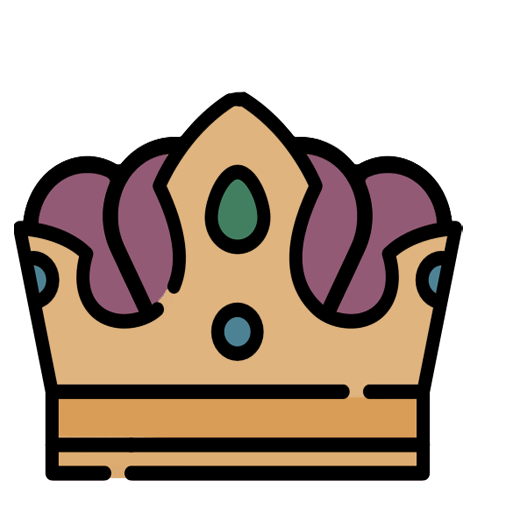
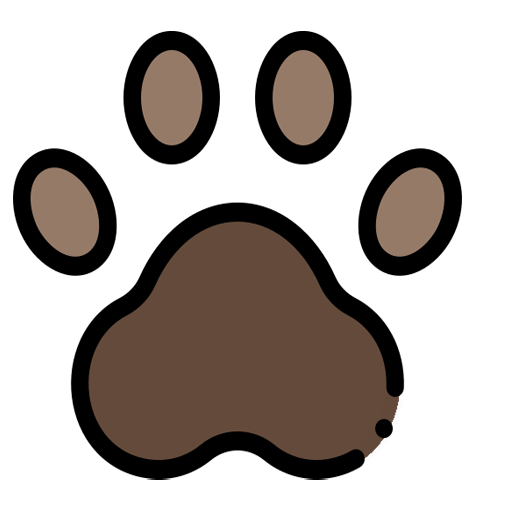
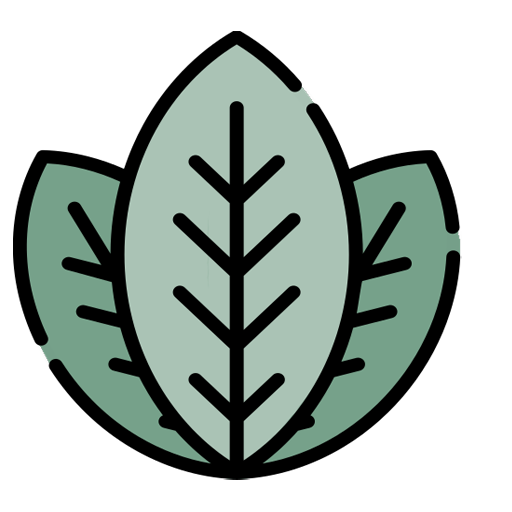


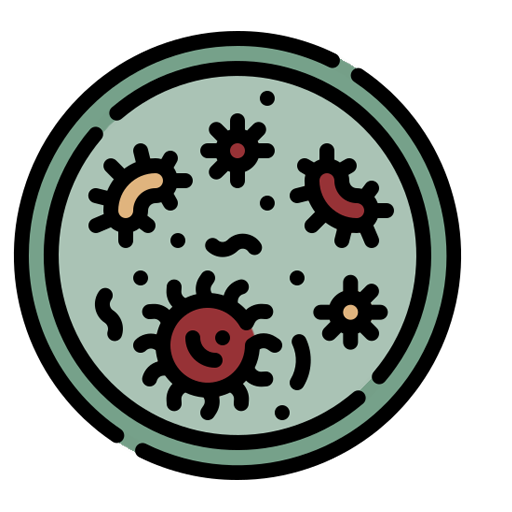
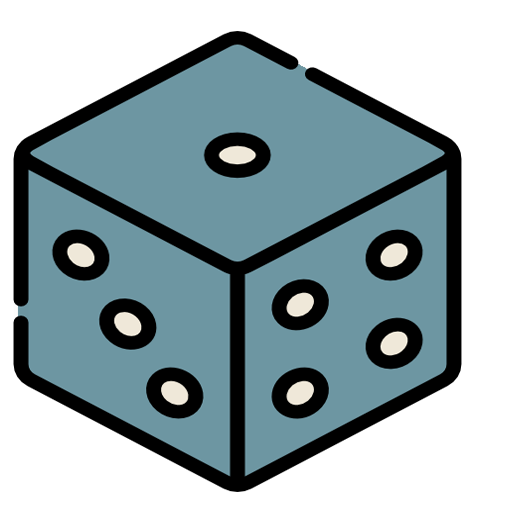






Comments
Author's Notes